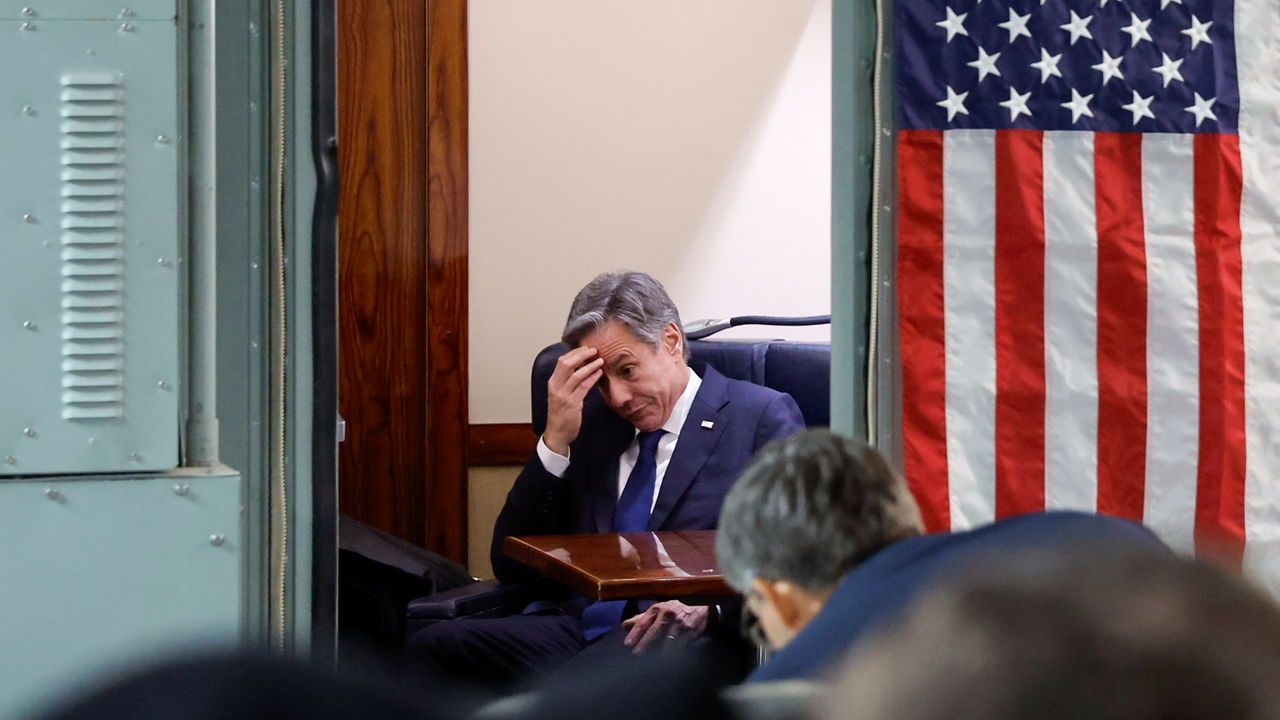What is the American State Department’s “dissent channel”?
A 50-year-old system allows diplomats to criticise their bosses

AMERICA’S STATE DEPARTMENT has been working overtime since war between Israel and Hamas broke out in October. Antony Blinken, the secretary of state, has travelled twice to the Middle East to emphasise President Joe Biden’s support for Israel and urge the country to act with restraint in its battle against Hamas. But not all American diplomats support their government’s stance. Reports have emerged that State Department staff are drafting documents that criticise the Biden administration’s handling of the war. Politico, a news website, reported that one letter, which is garnering signatures, demands that America support a ceasefire and publicly criticise Israel. Such a “dissent memo” is no ordinary diplomatic cable. Why was the dissent channel created, and how effective has it been in influencing policy?
State Department employees must, strictly speaking, execute policy whether or not they agree with it. If they don’t, the highest-impact way to register their disapproval without jeopardising their jobs is to send a dissent cable, in which they express their reasons for opposing a specific policy. Under the department’s rules, diplomats send such cables to the secretary of state’s planning office in Washington, which must acknowledge receipt and pass them up the chain, including to the secretary. The director of policy planning is expected to reply within 30 to 60 days. Anyone in the department is supposed to be able to use the channel without fear of punishment; rules prohibit retaliation. Like most State Department records, cables are meant for internal use only.
The channel was created in 1971, when morale at the State Department had plummeted as a result of America’s war in Vietnam. In 1968, 266 foreign-service officers resigned in protest against military operations ordered by President Lyndon Johnson, which were often secret. Richard Nixon, who succeeded Johnson in 1969, pledged to conduct the war openly and to “bring dissenters into policy discussions”. He also worried about leaks to the press of diplomatic grumblings and sensitive documents. Reformers within the State Department proposed a dissent channel as a way to placate and manage malcontents. Under Nixon the department adopted it.
Explore more
More from The Economist explains

Who might Donald Trump pick as his running-mate?
The Republican nominee has a number of hopefuls to pick from

Why Finland and others are vaccinating people against bird flu
The virus is spreading undetected in mammals

Who could plausibly replace Joe Biden?
The Democrats have a deep bench of talent